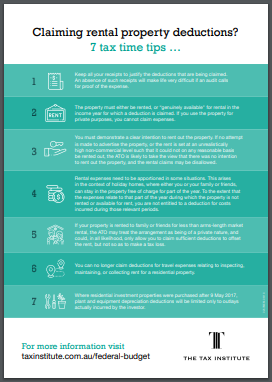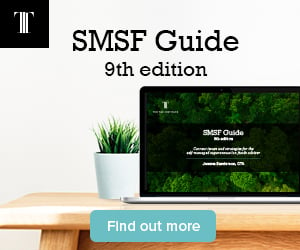
Section 100A of the Income Tax Assessment Act 1936 (Cth) (ITAA 1936) is an anti-avoidance provision designed to prevent taxpayers from using trust structures to reduce their tax liability. The provision was originally inserted into the ITAA 1936 for an unrelated purpose, and was repealed in 1950.
The Income Tax Assessment Amendment Act 1979 reinserted section 100A into the ITAA 1936 on 13 March 1979 to apply to assessments in respect of the 1977–78 and later income years (i.e. from 1 July 1977). However, section 100A(3) operates to ensure that the provision applies only to arrangements where trust income is paid to or applied on behalf of a beneficiary after 11 June 1978, the day on which the government announced its intention to introduce legislation to overcome certain tax avoidance arrangements designed to enable trading profits and other income derived by trusts to escape taxation.
ATO guidance on section 100A
In July 2014, the Australian Taxation Office (ATO) published web guidance (July 2014 web guidance) setting out the ATO’s administrative position for trustees and beneficiaries of a trust where the present entitlement of a beneficiary (who is not under a legal disability) to a share of trust income arises out of a reimbursement agreement.
On 23 February 2022, the Commissioner of Taxation (the Commissioner) published draft Taxation Ruling TR 2022/D1 Income tax: section 100A reimbursement agreements (TR 2022/D1) to provide guidance on how section 100A operates, the meaning of key terms and how the provision applies to some taxpayers’ circumstances.
Accompanying this draft Ruling, the Commissioner also released on the same day:
- Draft Practical Compliance Guideline PCG 2022/D1 Section 100A reimbursement agreements – ATO compliance approach that highlights the compliance approach the ATO will take when considering the application of section 100A; and
- Taxpayer Alert TA 2022/1 Parents benefitting from the trust entitlements of their children over 18 years of age (TA 2022/1) that specifically targets arrangements whereby families use trust income appointed to adult children to offset expenses paid by the parents for usual parental responsibilities.
On 23 February 2022, the ATO also updated its web content (updated web content).
It is important to note that the Commissioner’s preliminary views set out in TR 2022/D1 may change when it is finalised.
Further, the outcome of the ongoing appeal of the Federal Court’s decision in Guardian AIT Pty Ltd ATF Australian Investment Trust v Commissioner of Taxation [2021] FCA 619 (Guardian) may change the legal landscape of section 100A and provide further clarity on the areas of uncertainty.
This article provides a detailed explanation of section 100A, analysing the legislative requirements of section 100A and the Commissioner’s preliminary view outlined in TR 2022/D1. We have also included a flow chart to summarise the points made in this article and provide a guide to navigate the operation of section 100A.
This report is a resource for The Tax Institute's members. If you'd like to become a member, to access this and leading resources like it, explore membership options today.
.png?width=450&name=Rebranded%20Blog-Teaser-Member-Access%20(2).png)








